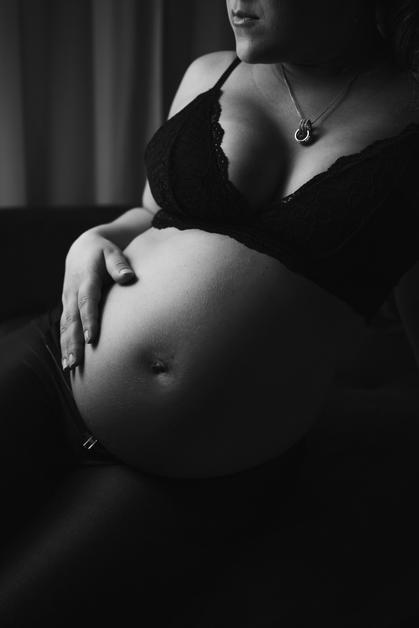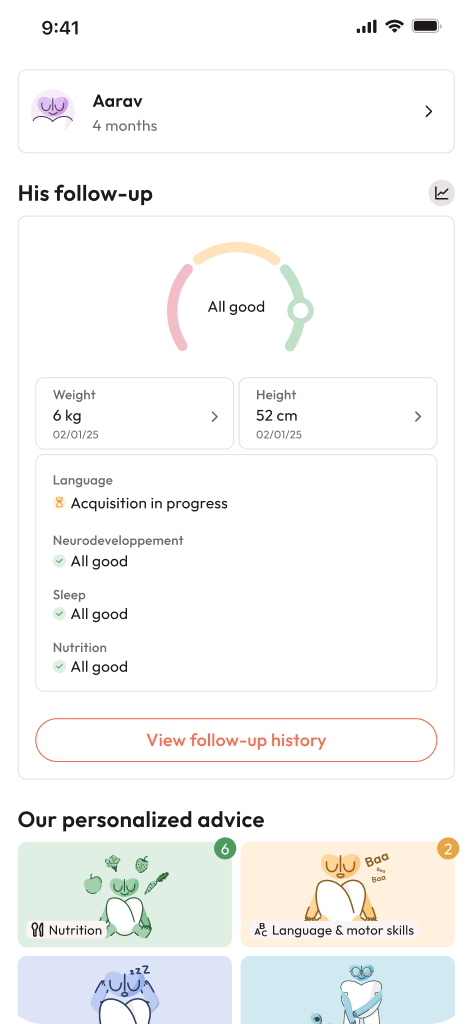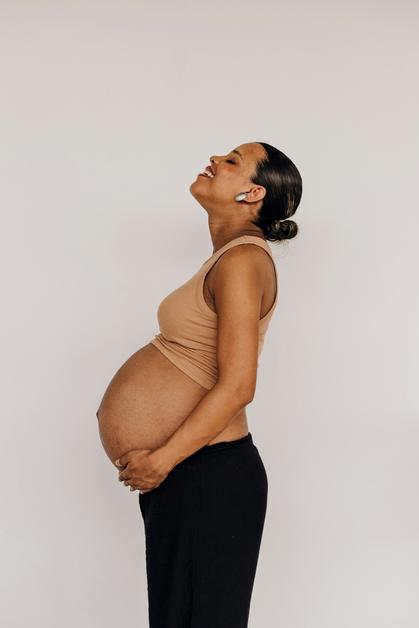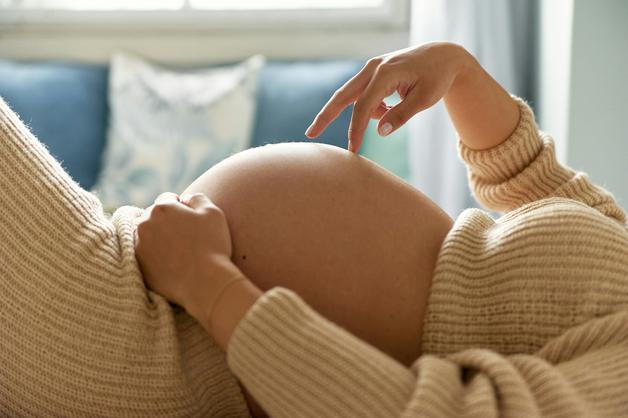Pregnancy—it brings anticipation, joy, and often a parade of questions. Yet beyond the emotional ups and downs, bodily changes can spring unexpected surprises. One such challenge? Pregnancy-related pelvic girdle pain (PGP). For plenty of expectant parents, what begins as a vague ache near the hips or lower back can escalate—turning simple acts such as climbing stairs, walking, or even turning in bed into real puzzles. Why does this happen? Is it normal if a sharp pain radiates when you simply shift your position? Should you push through, or pause and seek help? Here, unravel the science behind these aches: what triggers them, which symptoms command your attention, how daily life might shift, and the latest ways to reclaim comfort and mobility. No judgment, only facts, options, and encouragement. You deserve answers—and caring support.
Understanding Pregnancy-Related Pelvic Girdle Pain
A phenomenon both common and misunderstood: Pregnancy-related pelvic girdle pain—sometimes abbreviated as PGP—sweeps across the journey of pregnancy, affecting up to one in every five expectant parents. It is not just an ordinary discomfort. Picture this: the sturdy pelvis, designed to anchor the spine and support every step, begins to shift under the influence of powerful hormones. Relaxin and progesterone, celebrated for preparing you for birth, also loosen the ligaments, creating unexpected instability in the sacroiliac joints and pubic symphysis. This anatomical ballet, intended for childbirth, can instead spotlight pain and awkwardness in daily movement.
PGP is unique—it is separate from low back pain (LBP), though both can sometimes intertwine. The aches may localize to the front (pubic area), radiate to the hips, or settle stubbornly near the lower back. Sometimes sensations extend to the thighs, bringing with them tingling, burning, or even a grinding feeling. This isn’t just a passing “twinge”—for many, activity triggers pain, and the fear of aggravating discomfort can overshadow simple pleasures.
Long periods of standing, hurried steps, shifting posture in sleep, or everyday lifting? Each may amplify the sensation. For some, the pain arrives early; for others, it intensifies as the months progress—or lingers, even after delivery. Is your baby at risk? Clinically, no; but your comfort, mobility, mood, and even sleep can be deeply disturbed.
Causes and Risk Factors
Why does pregnancy-related pelvic girdle pain take root? Let’s get specific:
- Hormonal Soup: Pregnancy hormones (most notably relaxin and progesterone) loosen the strong ligaments that hold the pelvic bones tightly—especially the symphysis pubis and sacroiliac joints. This is nature’s way of prepping the pelvis for delivery.
- Mechanical Pressure and Shifting Posture: As the uterus expands and body mass increases, the centre of gravity tilts forward. Everyday posture subtly changes, and those ligaments—already softened—face extra physical stress.
- Muscle Imbalances: If pelvic floor muscles, abdominals, or deep hip rotators are weak or overcompensate, the pelvis is left less stable. Sometimes it’s not just what’s loosened, but what’s not holding strong.
- Aggravating Lifestyle Factors: Activities like heavy lifting, rushing up stairs, or standing on one leg (think: putting on trousers or stepping into a car) all add asymmetric load.
- History and Predisposition: Past injuries, a higher body mass index, multiple pregnancies, or inherent joint hypermobility (as seen, for example, in Ehlers-Danlos syndrome) can raise your risk.
- Fatigue and Stress: Chronic tiredness doesn’t just dampen spirit—it can also tweak pain perception, making sensations more intense.
Recognizing the Signs and Symptoms
Sharp, stabbing, or relentless throbbing across the pubic bone—ever faced it? For some, it is a fleeting nuisance; for others, a daily companion. The pain may also trigger sensations like:
- Burning or tingling extending into the thighs or groin.
- Grinding or clicking noises in the pelvic area (known as crepitus).
- A peculiar “looseness” or instability when shifting weight.
- Pain that grows louder during movements: walking, climbing stairs, rolling over in bed, standing on one leg, or separating the knees (during dressing, for instance).
- Sensitive episodes during or after sexual intimacy.
Some report symptoms more glaring from the second trimester onwards, but experiences vary. While most recover swiftly postpartum, a minority may see discomfort persist, reminding them that the pelvis, remarkably adaptive, can need time—and sometimes expert input—to reset.
Differentiating PGP from mild round ligament pain matters. Classic ligament aches tend to be diffuse, dull, and resolve quickly. PGP, by contrast, carries specific, sometimes severe, location-based ache that makes even simple daily habits a chore.
Diagnosis: How Pregnancy-Related Pelvic Girdle Pain is Identified
When should concern turn into action? Listen to your body: if daily activities close in or pain persists despite home modifications, assessment is wise.
Diagnosis centres on a detailed history—spotlighting the origin, timeline, and quality of pain, prior musculoskeletal injuries, and pregnancy histories. A physical exam follows:
- Gentle palpation of pelvic structures
- Mobility checks for the hips and lower limbs
- Functional tests—observing walking, rising from a chair, turning in bed, or getting into/out of a car
- Special tests: the P4 test (for sacroiliac joint irritation), the FABER maneuver, Gaenslen’s test, and pelvic compression tests
Because pregnancy brings a basket of possible causes, other conditions—sciatica, infection, or even rare joint separation—are considered. Occasionally, safe imaging like MRI is suggested to clarify severe cases or rule out bone problems.
If you suddenly can’t walk, or the ache feels unbearable and mobility slips away, urgent medical evaluation is mandatory; rarely, symphysis pubis separation may need specialized treatment.
Impact on Daily Life and Wellbeing
From mobility to mood, pregnancy-related pelvic girdle pain can touch every corner of life. Parents describe needing help with tasks once routine: walking turns cautious, stairs feel like hurdles, changing position in bed is a chore, and simple chores become exhausting marathons.
Fatigue creeps in, not only from pain but from restless sleep. Days can turn isolating and frustrating—frayed patience paired with guilt for needing support.
But there’s hope: the backing of a supportive entourage—partners, family, medical professionals—does not cure the pain, but can ease the burden. Understanding, encouragement, and practical adjustments make a tangible impact on well-being.
Solutions: Managing and Treating Pregnancy-Related Pelvic Girdle Pain
What helps? Science and the daily experience of thousands both point to an integrated approach:
- Pain Relief: Paracetamol (acetaminophen) is the medicine most often suggested, but only with medical oversight. Non-steroidal anti-inflammatories are generally avoided during pregnancy.
- Activity Modulation: Listen to physical cues. Alternate gentle movement with careful rest—rigid bed rest is discouraged.
- Pelvic Support Belts: Special belts or girdles (designed for pelvic support, not regular back braces) minimize unwanted joint movement, lending real relief for many.
- Temperature Therapies: Heat packs to soothe muscle tightness, cold compresses to reduce swelling—always using cloth barriers to shield skin from burns or cold injury.
- Physiotherapy: Take advantage of expert guidance to strengthen targeted muscles—pelvic floor, deep abdominals, lower back, and hip stabilizers. Kegel exercises, in particular, play a starring role for pelvic joint stability.
- Manual Therapies: Some report relief with osteopathy or acupuncture—choose qualified practitioners with pregnancy experience.
- Multidisciplinary Support: Collaboration among physicians, physiotherapists, and midwives tailors care for evolving symptoms.
Exercises and Daily Movements for Prevention and Relief
Proactivity spells relief—gentle, guided activity is invaluable:
- Muscle Strengthening: Core muscles, pelvic floor, hip stabilizers—Kegel exercises and gentle abdominal lifts work wonders.
- Targeted Stretches: Soft inner thigh and hamstring stretches, hip-opening rotations (“frog” pose) ease muscle tension without straining weak joints.
- Sleep Adjustments: Placing a pillow between knees when side-lying balances pelvic alignment; many find this simple tip transforms sleep.
- Mindful Movement: Avoid crossing legs while sitting, rise slowly, and break tasks into steps. Swift, jerky efforts often trigger flares.
- Prenatal Yoga and Aquatic Exercise: Water’s buoyancy alleviates pressure, and adapted yoga routines improve flexibility and posture.
- Frequent Postural Changes: Alternate standing and sitting, choose comfort over endurance, and sprinkle in short walks to avoid stiffness.
Before starting any exercise, professional advice secures safety and optimizes benefit.
Additional Devices and Relief Techniques
A toolkit of small changes can bring big comfort:
- Support Belts: Specialized pelvic belts offer day-long support, particularly helpful during standing or walking.
- Flexible Skirt-Style Belts: Designed to move with the expanding pelvis, some options are useful post-delivery.
- Heat and Cold: Alternating, as comfort dictates, can minimize swelling and promote relaxation.
- Routine Balance: Consistent sleep routines, adapting day-to-day activities, and leaning on physiotherapy or gentle manual therapy when needed all matter.
Possible Complications of Pregnancy-Related Pelvic Girdle Pain
Reassuringly, for most, pregnancy-related pelvic girdle pain wanes after birth. However, a small number face pubic symphysis separation (symphysiolysis): the front joint unhinges, walking becomes nearly impossible, and tailored rest or a changed birth plan (sometimes including caesarean delivery) is required. Later, with physiotherapy and osteopathy, most find recovery—though occasionally, further support is essential for full function.
Comprehensive Care and Ongoing Medical Follow-Up
Recovery flourishes with expert teamwork and periodic reassessment:
- Pelvic physiotherapy to restore muscle balance
- Osteopathic or manual adjustments for alignment
- Devices like pelvic belts as needed
- Aquatic or movement therapy for endurance and well-being
- Relaxation techniques—from deep breathing to gentle meditation
- Acupuncture, judged safe by your medical team
- Tailored rehab following delivery: pelvic floor and abdominal focus
Emotional Support and Coping Strategies
Physical care is just one corner of holistic healing. Pacing activities, dividing tasks, prioritizing self-care, chilling with heat/cold compresses, or simply donning a support belt—all become gentle acts of self-compassion.
Reliable knowledge, open dialogue with healthcare providers and loved ones, practising relaxation techniques, and celebrating each small milestone—are building blocks for resilience. If the emotional impact deepens, seeking early help is a sign of strength.
Prognosis and What to Expect After Pregnancy
With hormone levels ebbing and ligaments regaining firmness, most soon bask in relief—pain dissipates, and routine feels possible again. Around 10% may discover lingering or recurrent discomfort, especially after severe symptoms or predisposing conditions. Timely rehab, activity adjustments, and the right support help most regain normalcy, while pre-pregnancy wellness habits can offer long-term protection.
Recent Research and Advances
Recent studies validate the effect of individualized, multidisciplinary intervention—from early physiotherapy (muscle strengthening, targeted education) to manual and complementary therapies. Imaging is less emphasised; skilled examination remains the gold standard. Comfortable labor planning matters—aquatic births, supported positions—while prevention guides now stress physical prep before conception and vigilance for high-risk individuals. Science continues to fine-tune both diagnosis and care models for pregnancy-related pelvic girdle pain.
Testimonials and Tips from Individuals Who Experienced PGP
Many parents recount that sharp, movement-driven pain shadowed their days—tasks felt monumental. Their solutions: using a pelvic girdle support belt, nestling a pillow between knees at night, moving gently, and balancing warmth and cooling for relief. Consulting osteopaths or acupuncturists proved valuable for some, as did not underestimating the power of reassurance from friends and family. Most important? Trust your own pace and instincts—rest, move, and adapt as needed, without apology.
Key Takeaways
- Pregnancy-related pelvic girdle pain affects a substantial number of expectant parents, bringing significant discomfort yet only rarely giving rise to severe complications.
- Early recognition and customized care—physiotherapy, manual therapies, targeted exercises—empower smoother recovery.
- Alternating rest with movement, using supportive belts or devices, and fine-tuning daily habits often bring substantial relief.
- Multiple strategies—medical, physiotherapeutic, osteopathic, and alternative—can be utilized to meet your unique needs.
- Consulting healthcare experts remains essential if pain limits your activity or well-being.
- Numerous resources and compassionate professionals stand ready with guidance—each step made easier with the right, respectful support.
- For parents desiring extra support, download Heloa for personalized advice and free health checklists for your child—a practical, accessible companion on your parenting journey.
Questions Parents Ask
When does pregnancy-related pelvic girdle pain usually start?
Many notice the onset of pregnancy-related pelvic girdle pain from the 18th to 24th week, although it may appear at any stage during pregnancy. Discomfort often grows more evident as pregnancy advances, especially with activities like walking, climbing stairs, or turning in bed.
What home measures can relieve pelvic girdle pain during pregnancy?
Gentle self-massage, lying down to rest instead of prolonged sitting, or applying an ice pack (for 20–30 minutes several times daily) may offer relief. Trying a pelvic support belt or compression garment during daily chores helps some parents. Adapting movement—avoiding standing on one leg or sudden turns—adds comfort.
Is a healthcare professional consultation necessary for pelvic girdle pain during pregnancy?
While home-based relief suits many, if pain becomes severe, lingers, or starts to restrict your ease of movement, medical guidance is advisable. Consulting a physiotherapist or midwife leads to individualized exercise plans and specialist care, securing both your well-being and your baby’s.
Are pregnancy-related pelvic girdle pain and low back pain the same?
They overlap but are not identical. PGP focuses on the pelvis—near the front pubic area or the back (sacroiliac joints), while low back pain lingers higher around the lumbar spine. Many parents experience both, but each has its own causes and remedies.
Could PGP mean complications for my baby or delivery?
Rest assured, PGP—though challenging for you—rarely poses risk to your baby. Most parents have straightforward deliveries, sometimes adjusting birth positions for comfort. Cesarean sections are seldom necessary solely due to PGP.
What activities should I avoid with pregnancy-related pelvic girdle pain?
Skip asymmetrical actions—standing on one leg, crossing legs when sitting, or rushing up stairs. Consider dressing while seated, keeping knees together while getting out of bed or into a car, and avoiding sudden twists.
How long does pain usually persist after delivery?
Most parents notice rapid improvement within weeks as hormones recede and ligaments stabilize. Some, particularly those with prior back or pelvic problem history, may need ongoing rehabilitation. Consistent support makes a measurable difference.
Who should I contact if symptoms feel unusual or alarming?
If pain suddenly intensifies, walking becomes impossible, numbness or bladder/bowel control changes arise, quick medical attention is essential. For all other concerns, your obstetrician, midwife, or physiotherapist will have tailored advice.









